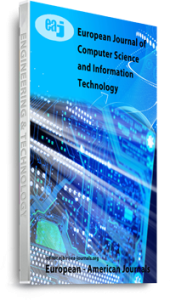Natural gas has been the most popular fossil fuel in recent years, and the demand for it has been dramatic. In fact, natural gas possesses several useful features: it has a high heating value, it can be utilised as a raw material in several petrochemical industries and it is a cheap fuel source. However, raw natural gas usually contains a variety of non-hydrocarbon components, e.g., acid gases, helium, nitrogen and mercury. Raw natural gas sources with large amounts of acid gases are known as sour gas. Sour gases should be treated and sweetened to meet natural gas pipeline specifications and sale contracts. The amine gas sweetening process is widely utilised in the gas industry, either to reduce or to remove acid gases from sour natural gas streams. Indeed, amine gas sweetening has several advantages over other sweetening processes; it is more economical than other processes, and it operates continuously. Indeed, the global hydrocarbon emissions from the oil and gas industries have been dramatic. Moreover, methane, ethane and propane may be the most obvious gases that are emitted by the natural gas industry. In many cases, these emissions occur from gas processing units, e.g., gas sweetening and gas dehydration processes. In fact, these hydrocarbon gas emissions contribute to global warming and environmental pollution. Moreover, hydrocarbon emissions lead to huge losses of precious hydrocarbons every hour. Therefore, this study aims to study the effects of the solvent circulation rate on the hydrocarbon carryover from the amine gas sweetening using Aspen HYSYS software. The study also used a Murban gas stream in the simulation process because it is loaded with a high concentration of acid gases. The study determined that the amine circulation rate may have significant effects on the hydrocarbon losses during the sweetening process. Moreover, the study also recommended several methods to reduce this effect and the emission, e.g., balancing the amine circulation rate with both the sweetening efficiency and the hydrocarbon emissions.
Keywords: Amine circulation, Amine solution, Aspen HYSYS, Hydrocarbon emission, Murban field, Natural gas sweetening, Process optimisation, Process simulation, global warming

